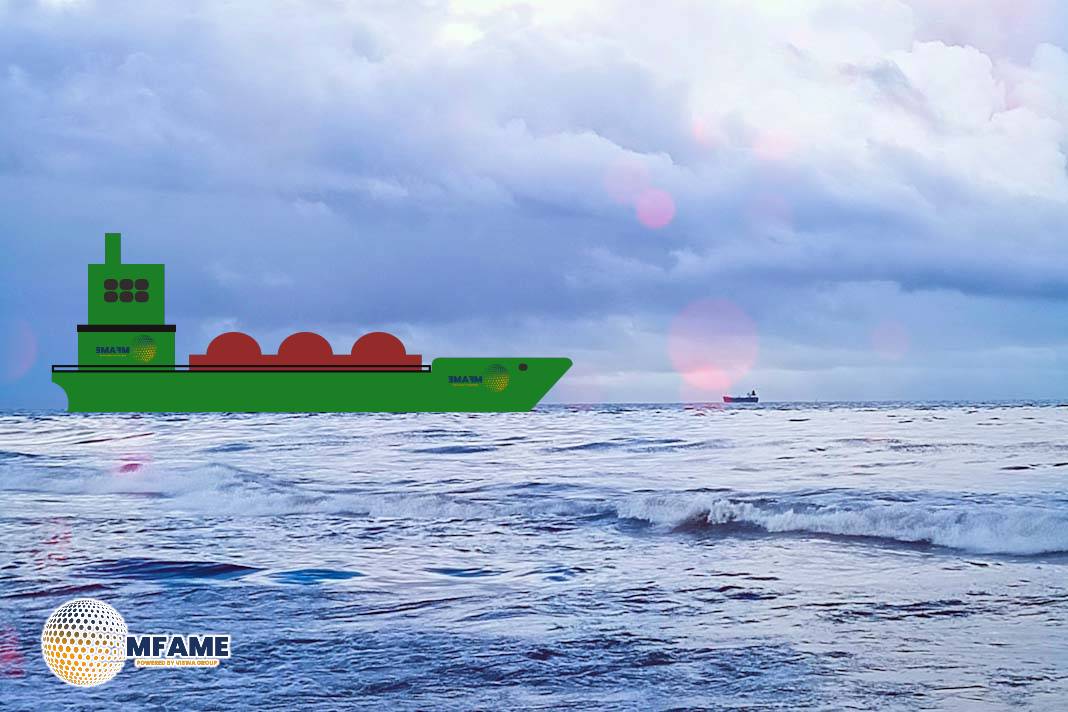- US and Russian presidential talks bring uncertainty to the tanker market.
- Tanker tonne miles grew 5.5% in 2022 and 7.3% in 2023 due to the war’s influence.
- Lifting sanctions may lead to more competition for Russian crude.
This week, the tanker market is again shaped by US and Moscow decisions. With the news of a direct dialogue between US President Trump and Russian President Putin, there are indications that attempts to bring an end to the war in Ukraine are gaining momentum, which could see a change in the medium-term outlook for the tanker market, reports Gibson.
Historical Demand Impact
The war saw the tanker market grow hugely in tonne miles, with crude/DPP/CPP tonne miles increasing 5.5% in 2022 after the invasion and 7.3% in 2023 after the European/US embargo on Russian oil. Although not all growth was a result of the war, it was the main driver, particularly in 2023.
European Reaction to Potential Peace Deal
There is still some controversy over whether trade flows would normalize if a peace agreement were signed. Important European leaders will be loath to go back to Russian energy trade, especially in the event of a bad deal for Ukraine. Yet a possible sanctions easing could permit some normalization, especially in the delivery of Russian crude to European refineries. This could result in a change of trade flows, though US producers should retain a stronger presence in Europe.
Effect on the Products Market
The products market might be affected more substantially than the crude market. In 2023, Europe had difficulty substituting Russian goods with supplies from the Middle East, India, and the US. If Russian supplies come back, refining margins might be pressed, and long-haul imports might fall, cutting total tonne miles.
Greater Competition for Indian and Chinese Refineries
In case of removal of sanctions, India and China may experience increased competition for Russian crude oil, and hence, may turn to other sources like West Africa, the Americas, and the Middle East. Based on price and refining margins, they may raise imports from these sources, and tanker demand could be impacted.
Effect on Tanker Sizes
Aframaxes and Suezmaxes gained the most from the war, while VLCCs lost market share. If India and China raise oil imports from sources other than Russia, VLCCs will gain more because of the higher cargoes from the major VLCC markets. Clean tanker markets, especially LR2s and MRs, recorded substantial tonne-mile gains. LR2s, however, might have a worse outlook if European imports from East of Suez are reduced.
The Dark Fleet and Its Effect
The dark/grey/illicit fleet, now numbering more than 1,100 vessels, might be impacted by a possible return to a new normal. Although most of these vessels are involved in Iranian or Venezuelan trade and would not be affected by the removal of Russian sanctions, older ships, particularly those more than 20 years old, might struggle to continue trading.
Ageing Fleet and the Handy Sector
The Handy segment, in which the fleet has aged quickly, may suffer from an upswing in demand for vessels younger than 20 years of age. Most of the vessels have been sold to be used for trade beyond the oil price cap system, but MRs may gain increased demand in this segment.
Ice Class Ships and Availability
For crude and clean tankers, the supply of ice-class tonnage may become an issue because of the aging fleet and the absence of recent investment in these vessels, which have limited trading history over the past few years.
Asset Prices and the Second-Hand Market
The market in asset sales and purchases may change dramatically. The prices of newbuild and used ships’ assets rose after the invasion, and Suezmax and Aframax prices rose 114% and 94%, respectively, from their 2022 levels. When sanctions are eased, demand may fall for aged ships, thereby reducing prices toward scrap levels and stimulating scrapping activity, particularly for old ships.
Did you subscribe to our daily Newsletter?
It’s Free Click here to Subscribe!
Source: Gibson
























